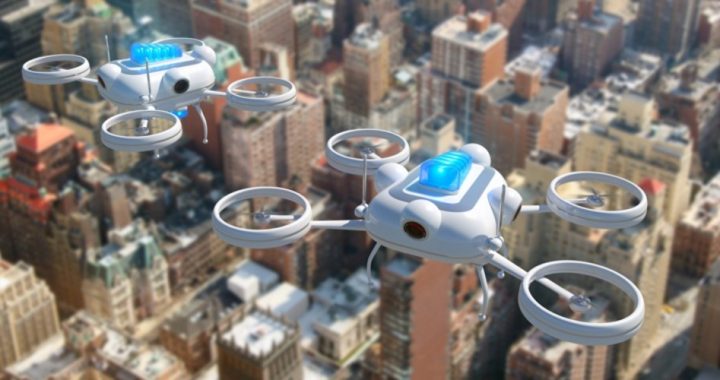
Podcast: Play in new window | Download ()
Subscribe: Android | RSS | More
Law-enforcement agencies have been using military-grade technology, such as Wide Area Motion Imagery (WAMI), to conduct surveillance on private citizens. Under current law, aerial surveillance operations are just as legal as, for example, observations made by a police officer while walking or driving through a neighborhood.
An August 3 article in The Atlantic discussing the legality of different surveillance methods provided several examples showing that the determining factor in establishing the legality of surveillance operations is that they must be conducted using “publicly accessible technology.” The Atlantic cited a small number of court cases — including two from the 1980s in which police had used cameras aboard helicopters to spot marijuana plants — in which the Supreme Court ruled that the law-enforcement agencies had not violated the Fourth Amendment, because both helicopters and commercial cameras are generally publicly available.
But in another case cited by The Atlantic, Kyllo v. United States, in which police looking for indoor marijuana plants pointed an infrared camera at the plaintiff’s garage from a public vantage point, the Supreme Court ruled that police actions constituted a warrantless search, because an infrared camera did not constitute publicly available technology.
The article noted that the courts have not yet ruled on the legality or constitutionality of aerial cameras capable of watching an entire city at once, such as WAMI, or whether such technology would be considered “publicly accessible.” It said that so far, no law-enforcement agency using WAMI has faced a legal challenge.
A July 31 article on the Axios news website reported that starting in 2016, police in Baltimore tested wide-area surveillance technology produced by a company called Persistent Surveillance Systems (PSS), where a plane flying overhead can capture aerial images of the entire city. Photos are snapped every second, and the plane can be circling the city for up to 10 hours a day.
However, noted the report, the police department kept the project secret, and it was ended abruptly when it was exposed by media reports, including one in Bloomberg. Residents were not comfortable with such surveillance.
An August 2 report in the U.K. Guardian noted that documents filed with the FCC revealed that the U.S. military is conducting wide-area surveillance tests across six Midwestern states using experimental high-altitude balloons. Up to 25 unmanned solar-powered balloons are being launched from South Dakota and will be drifting 250 miles over portions of Minnesota, Iowa, Wisconsin, and Missouri, before they finish their journey in central Illinois.
The New American has published several articles over the years about how the privacy of Americans is violated by things such as drone surveillance. As Senator Rand Paul (R-Ky.) said in 2012 after introducing a bill prohibiting unwarranted governmental drone surveillance, “Americans going about their everyday lives should not be treated like criminals or terrorists and have their rights infringed upon by military tactics.”
Image: Maxiphoto via iStock / Getty Images Plus
Warren Mass has served The New American since its launch in 1985 in several capacities, including marketing, editing, and writing. Since retiring from the staff several years ago, he has been a regular contributor to the magazine. Warren writes from Texas and can be reached at [email protected].
Related articles:
The Fourth Amendment and the Drones: How Will It Apply?
Senator Rand Paul’s Bill to Protect Citizens From Drone Surveillance



